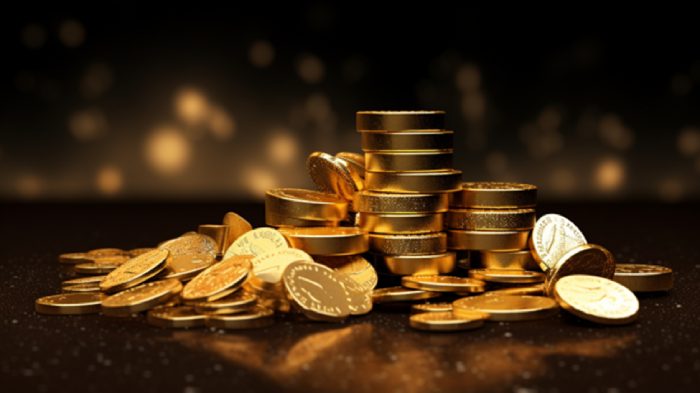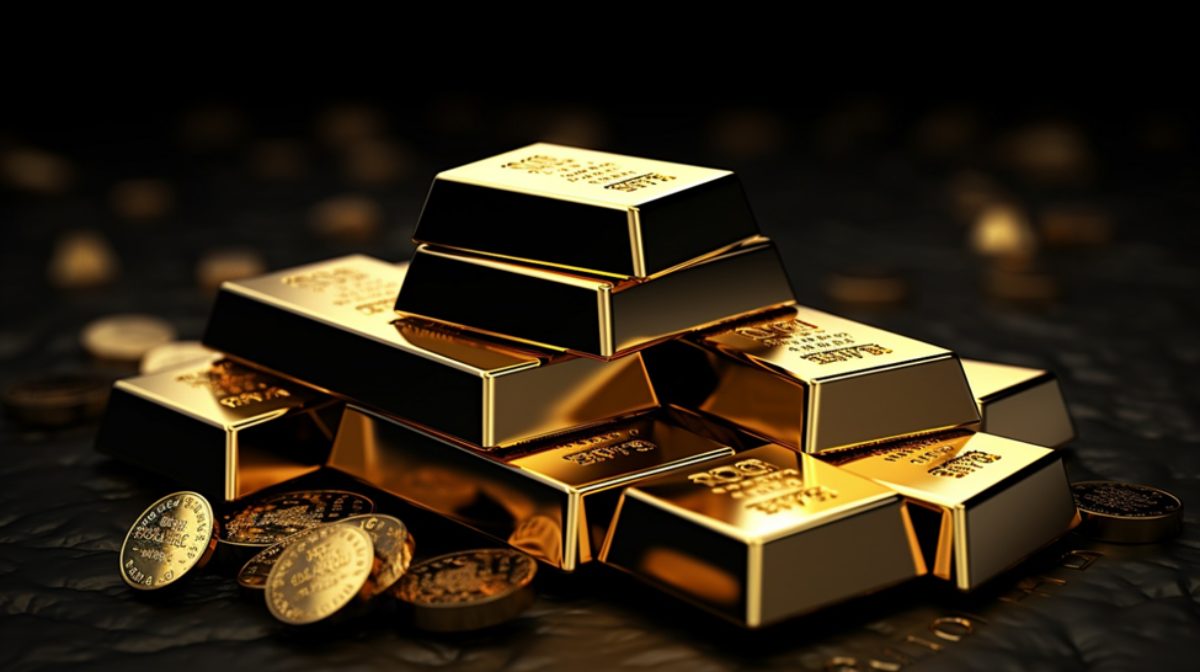Investors are now looking for opportunities to protect their portfolios against recession and inflation. The times have changed, and you need to have a fruitful and more than enough nest egg that can cover the costs of medication, maintenance, and food.
One of the more popular choices and considered to be safe havens out there is precious metals. Gold, in particular, is a good choice because its value rises when there are stock market downturns and individuals are losing faith in fiat money; you can see more info about it on this webpage.
However, before you invest in bullion, you should know about its pros and cons first. Also, long-term strategies like adding coins and bars to your retirement account require careful planning and research. You need to call the best brokerages and companies that can provide you with genuine precious metals, as well as report your holdings to the IRS to prevent extra taxes and penalties. Here are some pieces of information that you should know about first.
Table of Contents
History of Gold Bullion as an Asset
Industries in the dentistry, aerospace, electronics, medical, and automotive spaces use gold because of its inherent properties. Biocompatibility is one of the reasons why so many medical practitioners use metal, and it is used for implants, tooth fillings, and hearing aids because it can resist bacterial infection and avoid allergic reactions. Also, acupuncture needles are often made of gold, and stents are used to combat arterial diseases.
As an excellent conductor of electricity, it is used in transistors and printed circuits. The metal even exists on telephones, calculators, computers, and fire detectors, and it is utilized in airbag deployment systems and anti-lock brakes. Spacesuits of astronauts are known to have gold threads, and this is also applied to the visors of their helmets, so they are better protected against the ultraviolet rays of the sun while in space.
With its numerous applications and being a symbol of wealth for generations, it is no wonder why so many investors prefer this precious metal as part of their investments. Investors may usually base a commodity’s value based on the current market price, and over the years, the price never wavered.
Overview of a Precious Metals IRA
Individual retirement accounts that are self-directed are generally allowed to hold precious metal bars and coins that can help investors survive during a market collapse. It is worth noting that the SDIRA is separated from a traditional one, and you can have both of them for a more fruitful retirement.
Self-directed types are subjected to the same taxation rules and contribution limits as the traditional ones. Check out the reviews on GSI Exchange to know about brokerages that can help you open these accounts and see more about their products. The best ones can help you understand the offers and manage the paperwork on your behalf without any hassle.
Traditional accounts see the investors to be generally limited in holding stocks, bonds, mutual funds, and other paper assets for their retirement. However, with the SDIRA, there is an option for gold, silver, palladium, and platinum that can be appreciated in the future. Aside from the physical bars and bullion, you can invest in precious metals-related mutual funds, ETFs, commodities, futures, options, and mining stocks.
Setting up the Account

Custodians that handle your traditional IRA, 401K, or SEP may not handle accounts that accept gold and other metals. Instead of the conventional brokers, you need to look for companies that specialize in these fields. Look for firms that can handle all the paperwork and documentation that will be submitted to the IRS.
Even if it is going to be slightly different from what you are familiar with, you will get bound by the same rules, such as not going over a certain contribution limit each year and following the regulations when it comes to distributions.
Limits are set by the IRS at $6,500 in 2023, and an additional thousand dollars can be contributed if you are over 50 years old. After that, the distributions can be taken when you turn 59½, but if you withdraw your holdings before the specified age, expect that it will be subjected to taxes and penalties, so make sure to know about these beforehand.
What the Companies Can Offer
Nowadays, it is possible to protect your savings and retirement with the help of reliable and trustworthy dealers out there. Many brokerages can offer rollovers, and you can check your account status afterward through their app or website.
Comprehensive rollovers are done on your behalf, and you can get guidance with the overall process. These teams are dedicated to helping their clients understand what they are investing in in the first place and how they can use a precious metals IRA to their advantage. See info about IRA at this link here: https://www.aarp.org/retirement/planning-for-retirement/info-2023/ira-contribution-limits-2023.html.
Calculators, checklists, videos, blogs, and other resources are available on their website to help everyone open a more flexible account. The annual percentage rate of these investments can range from 3.8% to 4.7% depending on market conditions, and you can choose between 3 to 10 years for the term.
Reasons to Invest in Gold
People are wondering why they have to do rollovers in the first place and if there are benefits when it comes to precious metals investment. Some of the primary reasons others do it is because they want to diversify their holdings. The saying “Don’t put all of your eggs in one basket” is often applicable to many portfolios.
Bullion and coins generally go up in value when there is a higher demand for them due to stock market crashes. You can reduce your risks if you are spreading them out and you are not solely relying on paper assets for your retirement.
Inflation hedges are another reason why people flock to gold bars because when people lose faith in the value of their currencies, they are looking for something that can safeguard their wealth for generations to come. It has a potential for long-term growth, and when the demand begins to increase, so do the overall costs of acquiring it.


